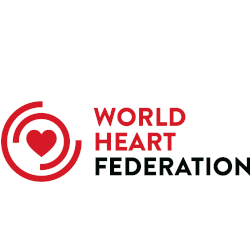Review
Stroke in Latin America: Burden of Disease and Opportunities for Prevention
Abstract
The epidemiological transition in Latin America toward older urban dwelling adults has led to the rise in cardiovascular risk factors and an increase in morbidity and mortality rates related to both stroke and myocardial infarction. As a result, there is an immediate need for effective actions resulting in better detection and control of cardiovascular risk factors that will ultimately reduce cardiovascular disease burden. Data from case-control studies have identified the following risk factors associated with stroke: hypertension; smoking; abdominal obesity; diet; physical activity; diabetes; alcohol intake; psychosocial factors; cardiac causes; and dyslipidemia. In addition to its high mortality, patients who survive after a stroke present quite frequently with marked physical and functional disability. Because stroke is the leading cause of death in most Latin American countries and also because it is a clearly preventable cause of death and disability, simple, affordable, and efficient strategies must be urgently implemented in Latin America.
Published on Dec 1, 2015
Peer Reviewed


